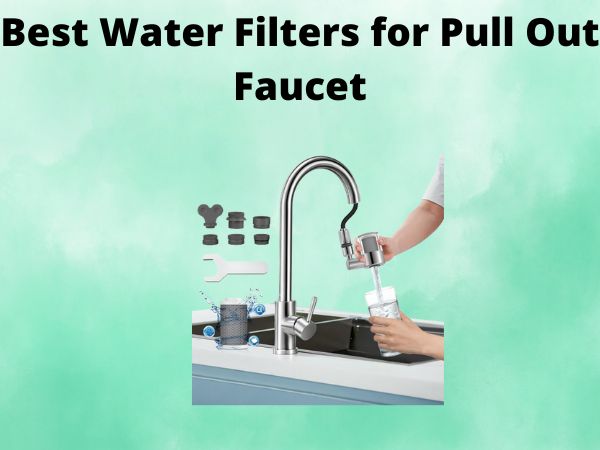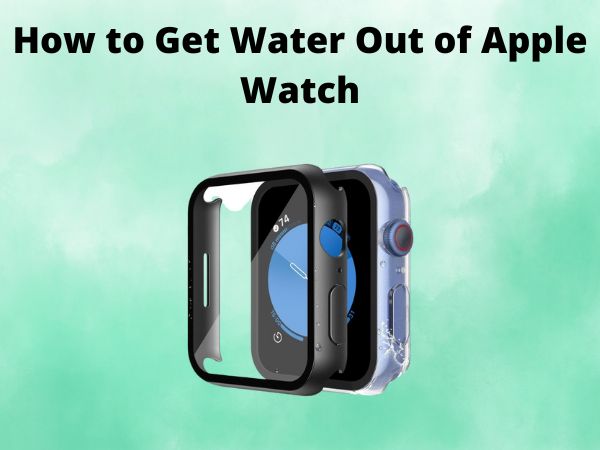How to Install a Water Line from Sink to Refrigerator
Are you tired of constantly refilling your refrigerator’s water dispenser or ice maker? Well, the solution may be simpler than you think! Installing a dedicated water line from your sink to your fridge can provide a constant supply of fresh, filtered water for all your hydration and ice-making needs. In this comprehensive guide, I’ll walk you through the step-by-step process of setting up this convenient plumbing upgrade. Get ready to say goodbye to those pesky water runs and hello to a seamlessly integrated kitchen system!
Table of Contents
Understanding the Benefits
Connecting your refrigerator to the main water supply offers several advantages that make the investment well worth it. For starters, you’ll enjoy a more reliable and consistent water flow, ensuring your ice maker and water dispenser are always ready to go. No more waiting for the reservoir to refill or dealing with the hassle of manually filling it. Additionally, the direct water line can provide better-tasting, filtered water, as it bypasses any potential contaminants in your fridge’s internal system.
Furthermore, this upgrade can enhance the overall aesthetic of your kitchen. With the water line neatly tucked away, you’ll have a cleaner, more streamlined appearance, free from unsightly hoses or bottles. It’s a small change that can make a big difference in the visual appeal of your space.
Gathering the Necessary Supplies
Before you can get started, you’ll need to gather the following supplies:
- Copper or stainless steel tubing (the length will depend on your specific setup)
- Shut-off valve
- Compression fittings
- Wrenches (adjustable and basin)
- Drill with appropriate drill bits
- Teflon tape
- Plumber’s putty
- Towels or rags
It’s important to choose high-quality materials to ensure a secure, long-lasting connection. Copper or stainless steel tubing are both excellent options, as they are durable and resistant to corrosion.
Preparing the Sink Connection
The first step in the installation process is to prepare the connection point at your sink. Begin by turning off the water supply to the sink and opening the faucet to release any remaining pressure in the line.
Next, use an adjustable wrench to remove the existing faucet or sprayer hose. This will create an access point for the new water line. Once the area is clear, use plumber’s putty to seal the hole and create a watertight seal.
Drilling the Hole for the Water Line
With the sink connection ready, it’s time to drill the hole for the water line to pass through. Carefully measure the distance between your sink and refrigerator, and mark the spot on the countertop or cabinet where the line will enter the refrigerator compartment.
Use a drill with the appropriate drill bit size (typically 1/2 inch or 3/8 inch) to create a clean, straight hole. Take care to avoid any existing plumbing or electrical lines that may be running through the cabinetry or countertop.
Connecting the Water Line
Now, it’s time to connect the water line. Start by attaching one end of the tubing to the shut-off valve, which you’ll install directly under the sink. Use Teflon tape on the threads to ensure a tight, leak-proof seal.
Feed the other end of the tubing through the hole you drilled, carefully guiding it along the path to the refrigerator. Attach the compression fittings to the end of the line, and then connect it to the water inlet on the back of your fridge.
Remember to turn the shut-off valve slowly to check for any leaks, and make any necessary adjustments to the connections.
Securing the Water Line
To keep the water line in place and prevent any potential damage, it’s important to secure it along the route. Use cable ties or small clips to anchor the tubing to the cabinetry or wall. This will help maintain a tidy, professional appearance and ensure the line stays out of harm’s way.
Testing and Final Adjustments
With the water line installed, it’s time to test the system. Turn on the shut-off valve and check for any leaks, making sure the connections are tight. Run water through the dispenser and ice maker to ensure they are functioning properly.
If you encounter any issues, don’t hesitate to make adjustments or seek the help of a professional plumber. A properly installed water line will provide years of reliable service and convenience in your kitchen.
Conclusion
Installing a water line from your sink to your refrigerator is a practical and straightforward upgrade that can greatly improve the functionality of your kitchen. By following the steps outlined in this guide, you’ll be able to enjoy a steady supply of filtered water and ice with minimal effort. So, why wait? Get started on this project today and take your kitchen to the next level of convenience and efficiency!
Frequently Asked Questions
Do I need to shut off the water supply to the entire house to install the water line?
No, you only need to shut off the water supply to the specific sink where you’ll be making the connection. This will allow you to work on the installation without disrupting the water flow to the rest of your home.
Can I use the existing water line that’s connected to my refrigerator?
It’s generally not recommended to reuse the existing water line, as it may not be long enough or in the best condition to support a direct connection to the sink. For the most reliable and durable setup, it’s best to install a new water line from scratch.
How do I know if I need to replace the water filter in my refrigerator?
Most refrigerators have an indicator light or message that will alert you when the water filter needs to be replaced. Additionally, you may notice a decrease in water pressure or taste if the filter is due for a change. It’s a good idea to replace the filter at least once a year, or as recommended by the manufacturer.
Can I install the water line myself, or should I hire a professional?
The installation process is relatively straightforward and can be done by a handy homeowner. However, if you’re not comfortable working with plumbing or have any concerns about the complexity of your specific setup, it’s always a good idea to hire a licensed plumber. They can ensure the job is done correctly and safely.
How often should I check the water line for any leaks or issues?
It’s a good practice to periodically inspect the water line, especially in the first few weeks after installation, to ensure there are no leaks or loose connections. Thereafter, a quick visual check every few months should be sufficient to identify any potential problems before they become major issues.



